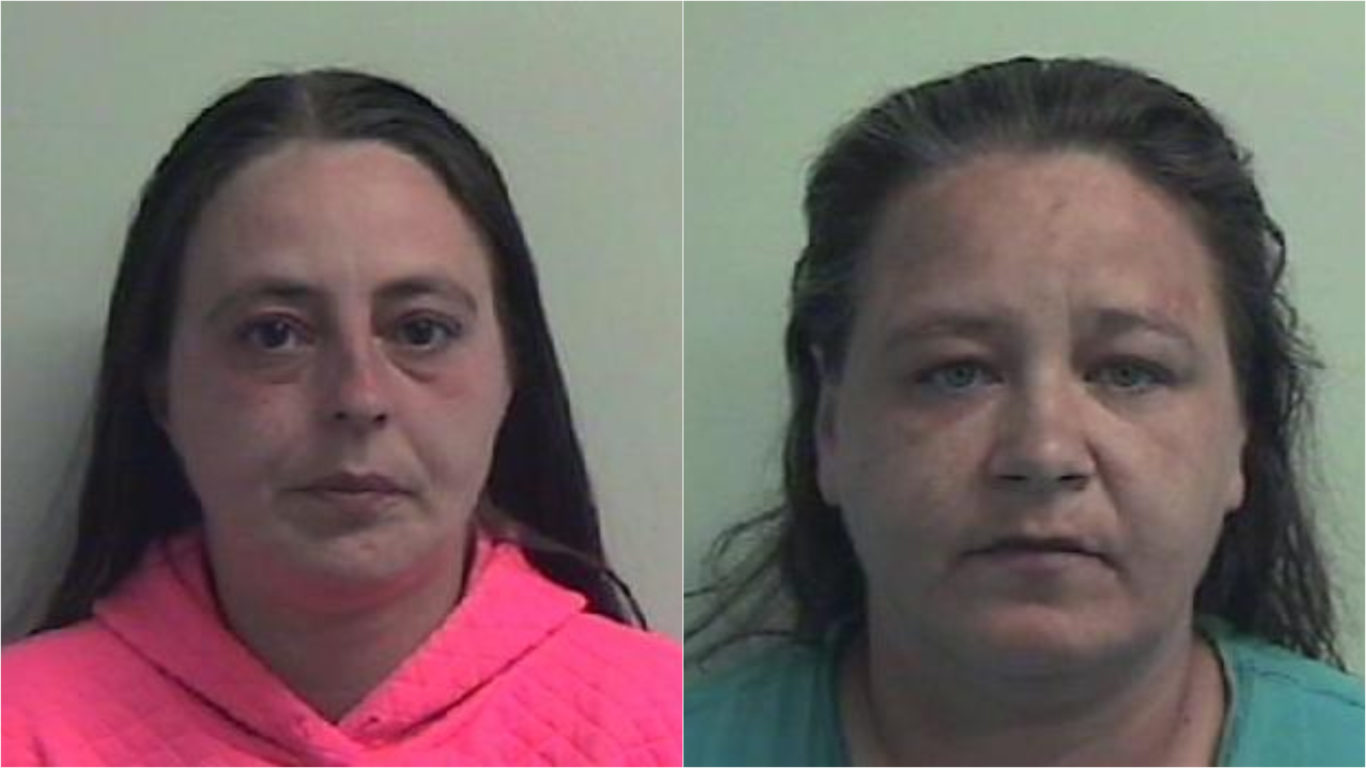
The wilful neglect of Lauren Wade by her mother Margaret Wade and partner Marie Sweeney has been described as one of the “most challenging” cases in the last 50 years of Scottish child protection.
The two-year-old’s death became the subject of a significant case review by the Glasgow Child Protection Committee, with the findings made public after Wade and Sweeney were jailed.
What happened to Lauren?
Lauren was found unresponsive on the couch of her home in Sighthill, Glasgow, and an ambulance was called. She died half-an-hour later and a post-mortem examination indicated she was emaciated and infested with head lice.
Wade and Sweeney, from Townhead, were each sentenced to six years and four months in prison at the High Court in Glasgow on Friday.
How did Wade and Sweeney get away with it for so long?
Colin Anderson, independent chair of the committee, explained: “After around 50 years in the business, this is the most challenging case I’ve come across.
“This is a unique set of circumstances, thankfully. It’s the most deviant and devious parenting couple I’ve ever encountered. The way they criminally neglected this child, wilfully, and the way they then masked that from not only professionals but from extended family.
“Not only was there disguised compliance – they appeared to show some improvement on the back of a checked-visit – but then they reverted to wilfully neglected Lauren to the extent of causing her death.
“Hostile parents are easier to work with than those who disguise their compliance.”

What other questions does the review not answer?
Among the unanswered questions is why the extended family did not intervene or recognise the state of living conditions at the home.
It also remains unknown why Wade said she was a single parent and did not reveal her 14-year relationship with Sweeney. Nor is it clear how much day-to-day involvement Sweeney had.
Wade administered a head lice treatment to two other children involved in the case, but not at all to herself or to Lauren. It remains unclear why this was the case.

How did the review address these remaining concerns?
Mr Anderson commended the panel for including an unanswered questions section in the review, saying: “To be fair to the panel there were constraints – this is not unusual within Scotland.
“In this case we could not interview extended family members, we could not interview key people as we would do in a normal review. We were constrained by the fact they would then be involved as witnesses in criminal proceedings, which is a challenge in itself.
“Some of these unanswered questions from three-plus years ago would have been answered were we empowered to do a deeper dive into some of the surrounding circumstances.
“The Child Protection Committee totally accepts the conclusions, key issues and learnings identified.
“As a collective profession we need to get back to putting the child at the centre, making child protection everyone’s business. We need to develop professional curiosity and professional nosiness, if you like, and workers need to own responsibility for concerns and not pass it off.”


House Rules
We do not moderate comments, but we expect readers to adhere to certain rules in the interests of open and accountable debate.
Read the rules hereComments are closed on this article